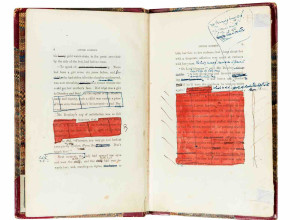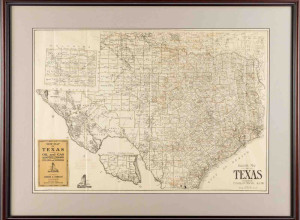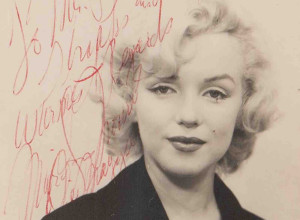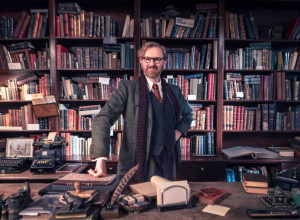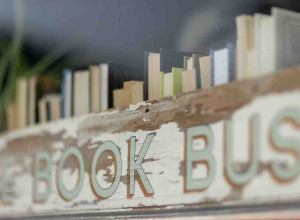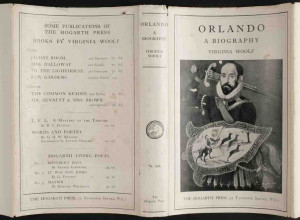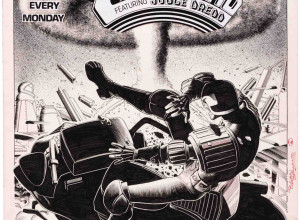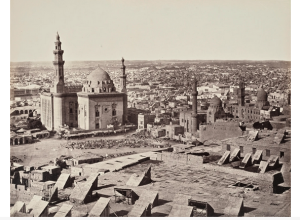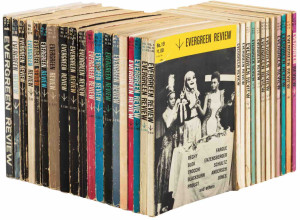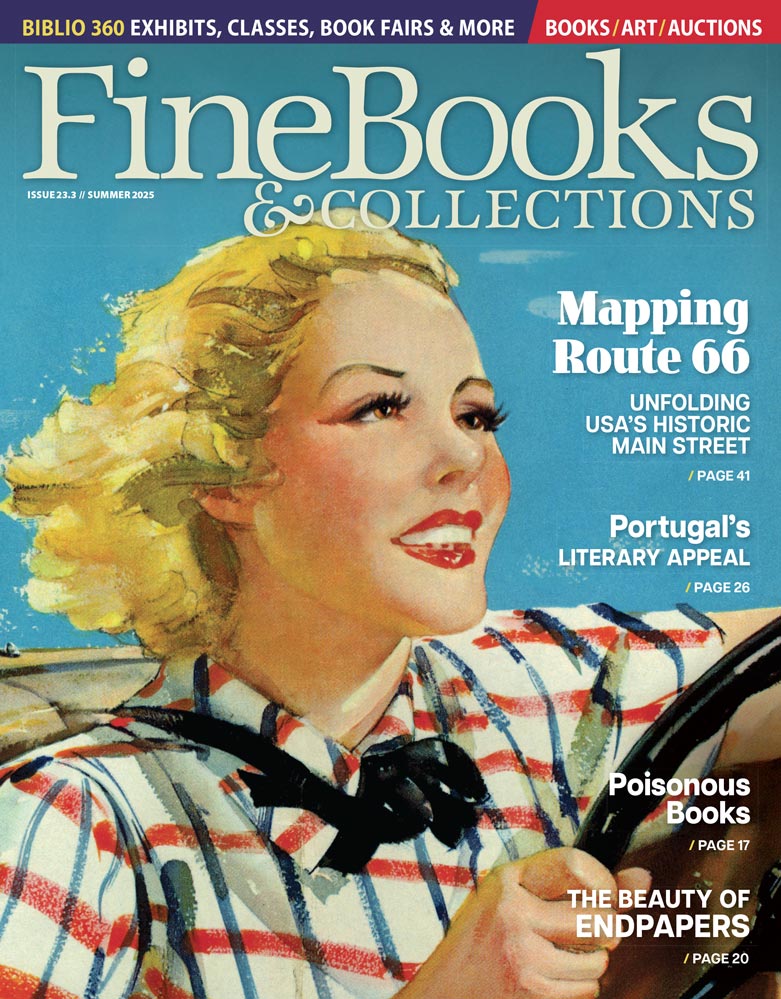Jane Austen, Hebrew Manuscripts and Jack Kerouac at Grolier Club 2025-26
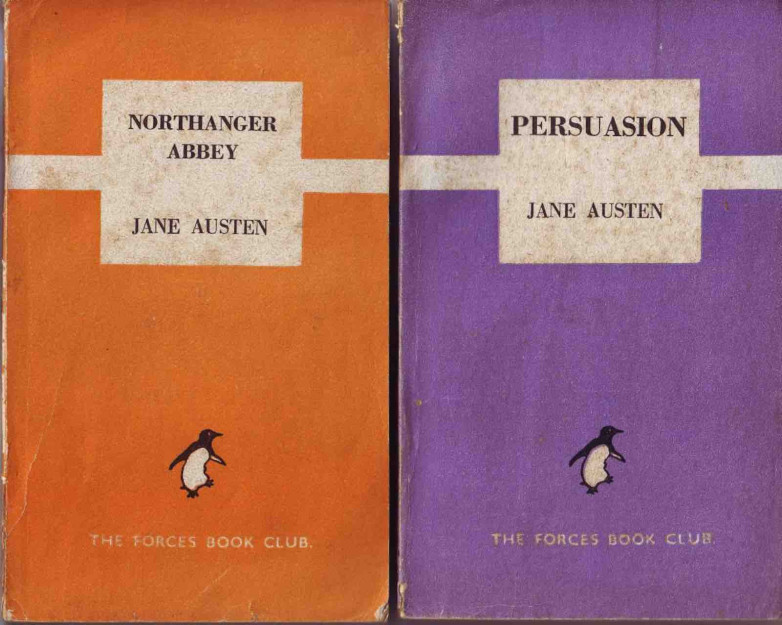
Paper Jane: 250 Years of Austen, December 4, 2025 – February 14, 2026
The Grolier Club in New York has released details of its forthcoming exhibition schedule for the coming year starting with a focus on writer Richard Aldington and ending with the Irish literary revival in July 2026.
Richard Aldington: Versatile Man of Letters will run September 11 – November 15, exploring the work of Aldington (1892-1962) who was a prolific yet now largely forgotten British man of letters. A leading member of the Imagist school of poetry, literary critic, translator, novelist, anthologist, and controversial biographer of T.E. Lawrence ('Lawrence of Arabia'), Aldington was associated with Ezra Pound, Ford Madox Ford, Amy Lowell, T.S. Eliot, D.H. Lawrence, Norman Douglas, and Lawrence Durrell. His work will be examined through more than 100 objects from the collection of Simon Hewett, including first editions, typescripts, letters, photographs, and ephemera.
Featuring 120 manuscripts and books, Jewish Worlds Illuminated: A Treasury of Hebrew Manuscripts from The JTS Library will look at Jewish literary creativity across the centuries and in the lands where Jews lived including Egypt, the Ottoman Empire, Yemen, Iraq and Iran, Italy, France, Spain, and Germany. Drawn from the important rare book collection of The Library of The Jewish Theological Seminary, highlights include a fundraising letter signed by the rabbi and philosopher Moses Maimonides, a monumental decorated prayer book for the Jewish High Holidays created in Germany in 1290, and a 1875 Haggadah from Baghdad written in Hebrew and Judeo-Arabic. It runs September 17 – December 27.
Marking the 250th birthday of Jane Austen, Paper Jane: 250 Years of Austen (December 4, 2025 – February 14, 2026) measures the novelist’s growing fame at 50-year intervals (1825, 1875, 1925, 1975, and 2025) through a mix of 110 objects, including rare first editions, manuscripts, popular reprintings, movie posters, illustrations, theater playbills, and other paper ephemera, all drawn from the collections of Sandra Clark, Mary Crawford, and Janine Barchas.
The Second Printing Revolution: Invention of Mass Media tells the story of the second printing revolution that took place during the 19th century, and the transition from book production as exclusively handcraft to the mechanized production of papermaking, printing, illustration, typesetting, and bookbinding. Curated by Jeremy Norman from his collection, the exhibition features 150 books, prints, and artifacts from 1800-1904, including the first book entirely printed by machinery rather than a hand press, the first illustrated book printed on a printing machine, the first book with gold stamping directly into cloth, and many other rarities from England, France, Germany, and the United States. Runs January 14, 2026 – April 11, 2026.
Running Through Heaven: Visions of Jack Kerouac (March 5, 2026 – May 16, 2026) examines Kerouac's personal life from childhood to his death through approximately 60 objects from the collection of Jacob Loewentheil, including unpublished letters and manuscripts, books, important inscribed first editions, original drawings, and magazines. Highlights include Kerouac’s drawing to accompany his narrative poem Old Angel Midnight (c. 1960), an early unpublished story written by Kerouac as a child, as well as letters between Kerouac and one of his best friends from childhood.
Finally, opening April 29, 2026 and running though July 25, 2026, Risings: The Irish Literary Revival and the Making of a Nation focuses on the formation of Irish identity as told by the Irish Literary Revival of the late 19th and early 20th centuries and the parallel political quest for nationhood. Drawn from the collections of The New York Public Library, Alexander Neubauer, Alan Klein, and Colm Tóibín, and presented in collaboration with The New York Public Library, the exhibition examines the collaborative partnership of poet W.B. Yeats and Lady Augusta Gregory, a dramatist who co-founded with Yeats the Irish Literary Theatre and the Abbey Theatre. The exhibition features typescripts, inscribed and association copies, letters, theatre pamphlets, political propaganda, and photographs.






